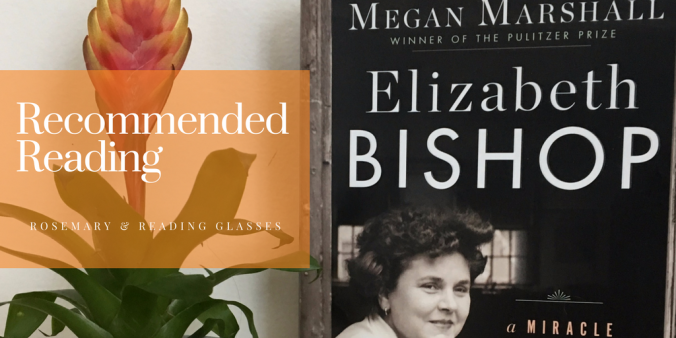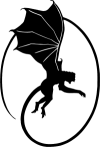This exercise introduces the idea of noting down everything that is visible from a fixed position, similar to Georges Perec’s “An Attempt at Exhausting a Place in Paris” (1975) then make observations about it.
I selected a café in my nearest city of Derby, on the basis that there would be lots going on:
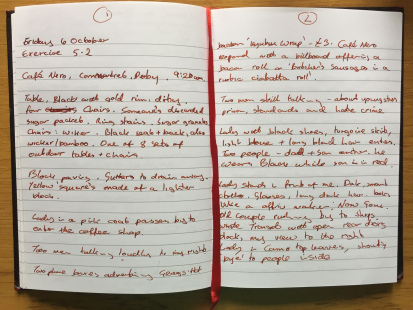
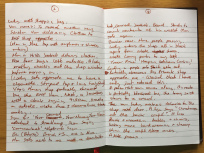
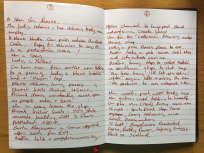

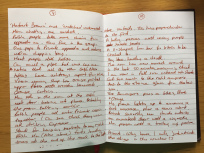
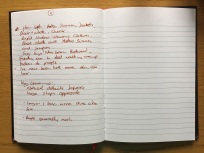
Key things I noted from the exercise:
- There is so much more going on than we realise. As a photographer, the lesson is to LOOK HARDER!
- Even after an some time I was noticing new things that had been there all along. I finished the exercise when I seemed to run out of new things to see (over an hour later)
- Seemingly obvious things are not readily apparent. For example, I noticed all sorts of details yet I had written several pages in my notebook before I realised there was a huge Primark store directly opposite. Distractions can give a distorted view of reality. Had I taken a photograph of the exact same scene then looked at it, I expect that I would have noticed the Primark store sooner.
Some specific considerations posed by the exercise text:
- Can you transform this into a photography version? Yes, there woulds be various approaches. One might be to photograph details in the order I noticed them, perhaps using a telephoto lens to be selective. The final image could be the ‘complete picture’.
- Would you stay in the same place or get in close to the things you listed? Get in close, although the earlier idea of using a long lens would serve a similar purpose.
- Would you choose to use your camera phone in order to be discreet or would you get your tripod out? I attracted some attention during this exercise as it was. With any sort of camera I expect it would be more so, potentially also including the proprietor of the venue asking what I was doing and asking me to leave. I think a stealthy approach would therefore be essential.
- Would it be better in black and white or colour? I think black and white would work better where the items of note were more likely to be the expressions of passers by, texture, patterns and other abstract shapes. Monochrome is a good medium for separating these elements out. But Colour feels more appropriate given that the goal is to present my view and then allow the viewer to contrast this with their view, unadultrated.
- Would you include your list with the final images? For the project identified above it would not be necessary. The viewer would see the full picture – perhaps with a 360 degree camera, panoramic shot or wide lens – and make their own conclusions about whether their assessment of what is noteworthy differs to mine.
After performing the exercise I ready a copy of Perec’s book to compare. Where I worked outwards, starting with my immediate surroundings then gradually extending my view let or right, Perec seems to group things too: colours, trajectories. He performs the observation over three days, marked as separate chapters in the book. Otherwise the approach is very similar.
I’m curious to seesaw this would work as a project so have added it to my ‘future projects’ list to come back to at a later date. In some ways I’m also reminded of the 1980’s quiz show ‘Catchphrase’, where a common saying or idiom is revealed in small chunks.
Advertisements Share this:
